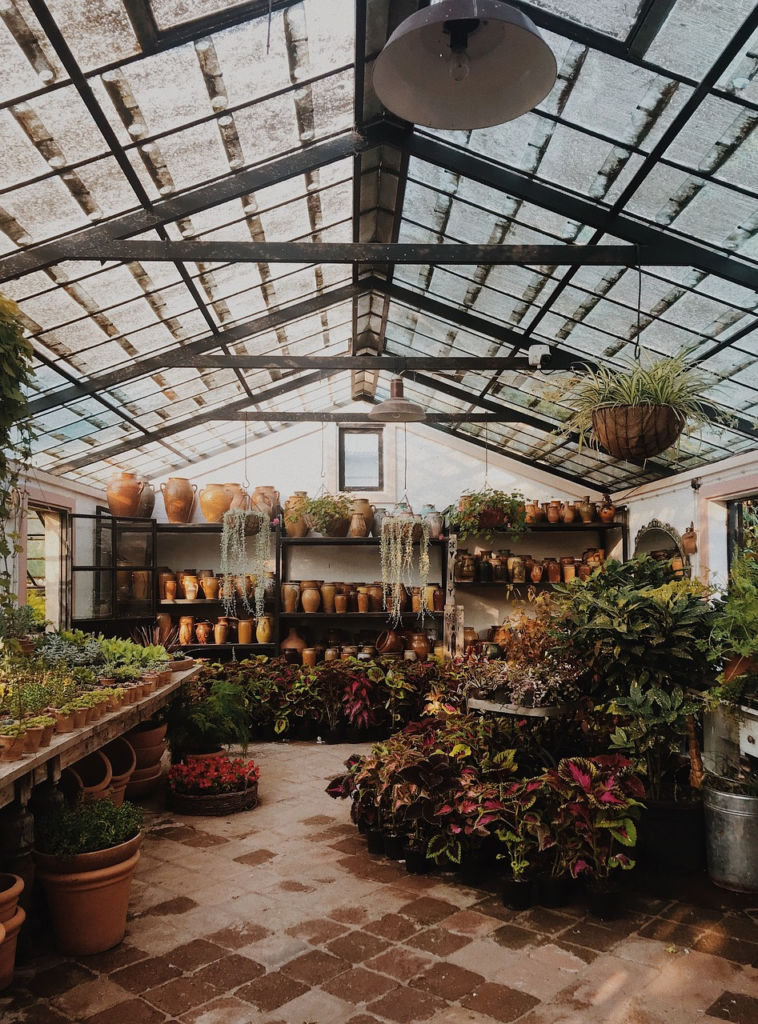When it comes to modern agriculture, maximizing yield while maintaining sustainability is crucial. For growers, this often means turning to innovative technologies and methods to stay ahead of the curve. One such innovation that has proven indispensable is the commercial greenhouse structure. This blog post will explore why commercial greenhouse structures are essential for growers, offering compelling insights into their numerous benefits, from cost savings to environmental control to year-round production.
Enhanced Environmental Control
Precision in Climate Management
One of the standout benefits of commercial greenhouse structures is the ability to exert precise control over the growing environment. Unlike traditional outdoor farming, greenhouses allow growers to adjust temperature, humidity, and light levels to create the ideal conditions for plant cultivation.
Reducing Crop Failures
With climate control, growers can significantly reduce crop failures caused by unexpected weather changes. This stability ensures that crops receive consistent care, leading to healthier plants and higher yields.
Pest and Disease Management
Keeping pests and diseases at bay is another critical advantage of using greenhouses. By isolating plants from the outside environment, growers can minimize the risk of infestations and outbreaks, which are more challenging to manage in open fields. To further strengthen protection, many growers turn to greenhouse production software that includes integrated pest monitoring and management tools. These systems allow for early detection, consistent tracking, and timely responses to potential threats, reducing the reliance on chemical treatments and preventing crop loss. With proactive digital support, pest and disease control becomes more efficient, sustainable, and easier to manage at scale.
Year-Round Production
Overcoming Seasonal Limitations
Traditional farming is often at the mercy of the seasons, but commercial greenhouses break this dependency. By creating a controlled environment, greenhouses enable growers to produce crops all year round, regardless of external weather conditions.
Expanding Crop Varieties
Year-round production also allows growers to experiment with a broader range of crops. This flexibility can lead to discovering new, profitable varieties that might not have been viable in a traditional farming setup.
Meeting Market Demands
Meeting market demand consistently is essential for any successful grower. With the ability to grow crops year-round, growers can supply fresh produce continuously, securing a stable income and building a reliable customer base.
Cost Savings
Resource efficiency is a significant factor in reducing operational costs. So, with a commercial greenhouse, resources such as water, fertilizers, and energy can be used more efficiently. Advanced irrigation systems and climate controls ensure that nothing goes to waste, ultimately lowering expenses. Greenhouses often require less manual labor compared to traditional farming. Automation and mechanization within these structures can handle tasks such as watering, temperature control, and pest management, freeing up time and reducing labor costs. By lowering operational costs and increasing yield, greenhouses contribute to higher profit margins for growers. The initial investment in a commercial greenhouse structure can quickly pay off through these accumulated savings and increased productivity.
Improved Crop Quality
Optimal Growing Conditions
The controlled environment of a greenhouse ensures that crops grow under optimal conditions. This leads to higher-quality produce, which can command better prices in the market.
Consistent Quality
Consistency in crop quality is another advantage. Greenhouses mitigate the risks associated with fluctuating weather conditions, ensuring that each harvest meets the same high standards.
Market Competitiveness
Higher and more consistent crop quality enhances market competitiveness. Growers using commercial greenhouses can differentiate themselves by offering superior products, attracting premium customers.
Sustainability Benefits
Reduced Water Usage
Greenhouses are designed to use water more efficiently than traditional farming. Advanced irrigation systems, such as drip irrigation, minimize water waste and ensure that plants receive the exact amount of water they need.
Lower Chemical Usage
The controlled environment also reduces the need for chemical pesticides and fertilizers. This not only lowers costs but also creates a more sustainable and eco-friendly growing process.
Sustainable Energy Options
Many modern greenhouses incorporate sustainable energy sources, such as solar panels and geothermal heating. These renewable energy options further reduce the environmental impact of farming, making greenhouses a greener choice.
Scalability and Flexibility
Modular Design
Commercial greenhouses often feature modular designs, allowing for easy expansion as the business grows. This flexibility means that growers can start small and scale up their operations without significant disruptions.
Customizable Setups
Greenhouses can be customized to suit specific crops and growing conditions. This adaptability ensures that growers can optimize their setups for maximum efficiency and yield.
Adaptability to Market Changes
Being able to quickly adapt to market changes is crucial in the agricultural sector. Greenhouses provide the flexibility needed to switch crops or modify growing conditions in response to market demands.
Commercial greenhouse structures offer a multitude of benefits that make them essential for modern growers. From enhanced environmental control and year-round production to significant cost savings and improved crop quality, these structures provide a reliable and efficient way to cultivate plants. Additionally, their sustainability benefits and scalability make them a smart choice for any grower looking to future-proof their operations. If you’re ready to take your farming to the next level, consider investing in a commercial greenhouse structure today. Your crops—and your bottom line—will thank you.






